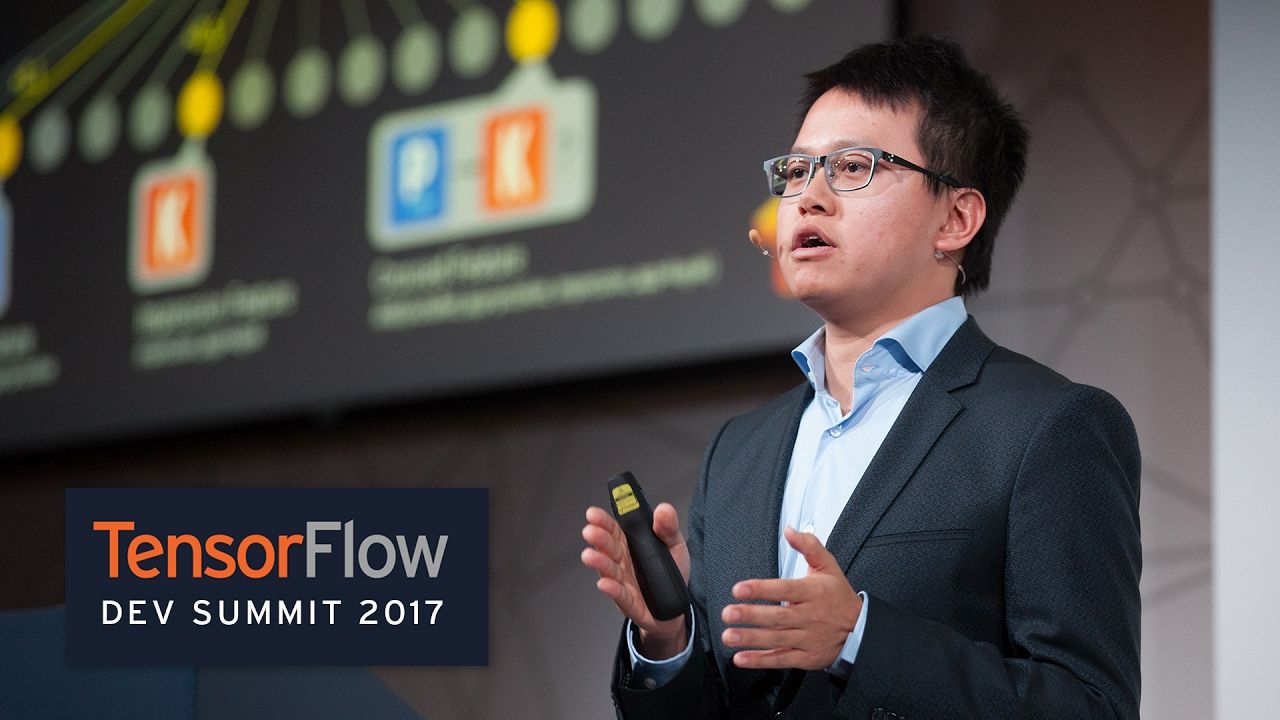
Google and Kaggle today announced a new machine learning challenge that asks developers to find the best way to automatically tag videos.
The challenge, which comes with a $30,000 prize for the first-place finisher (and $25,000, $20,000, $15,000 and $10,000 for the next four teams), asks developers to classify and tag videos from Google’s updated YouTube-8M V2 data set. This data set features a total of 7 million YouTube videos that add up to 450,000 hours of video. YouTube-8M already includes labels, too, and developers can use this as their training data. The challenge then is to tag 700,000 previously unseen videos.

Read more










